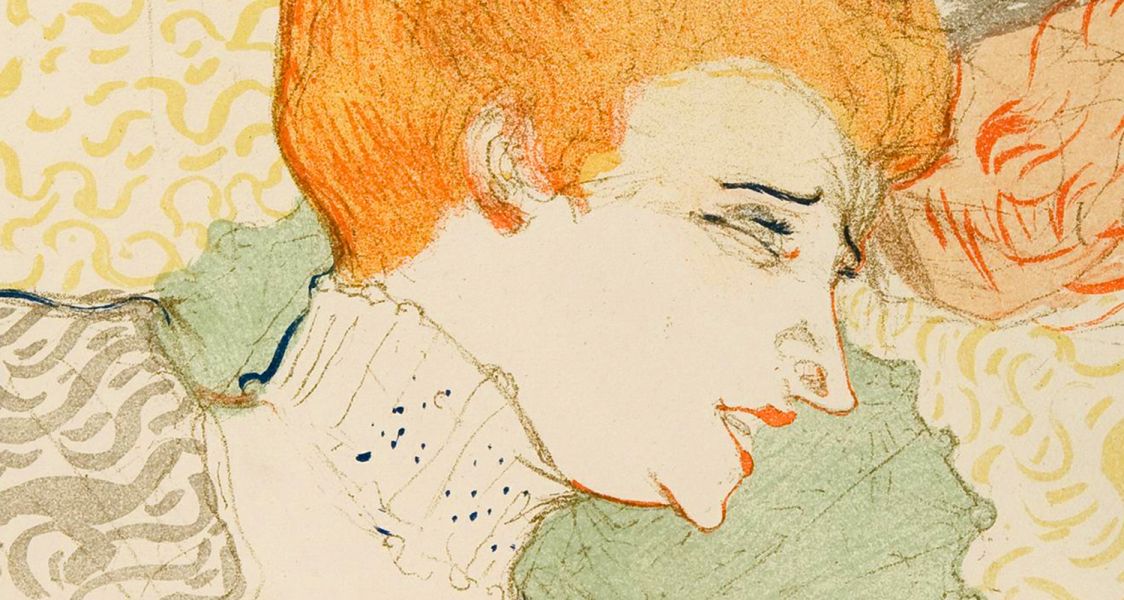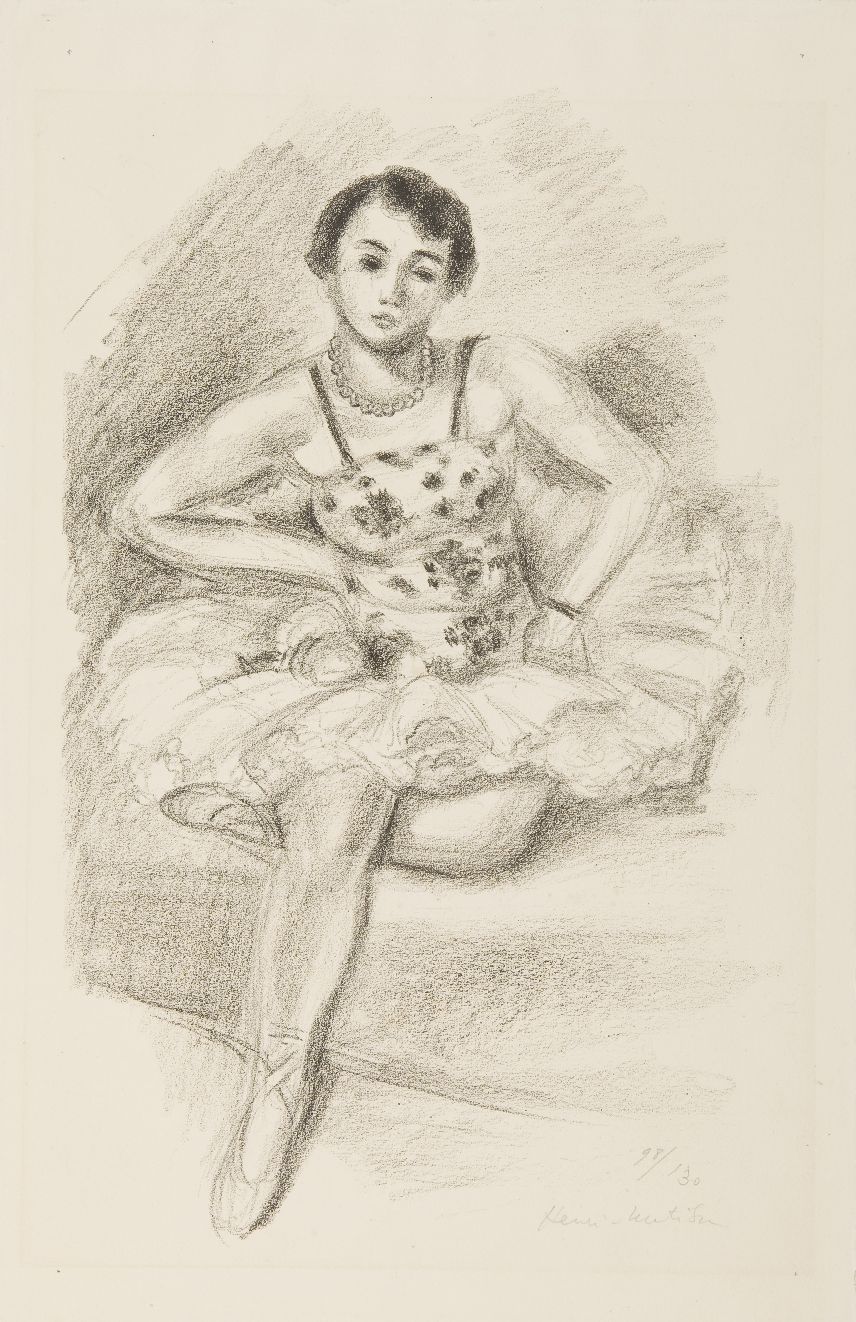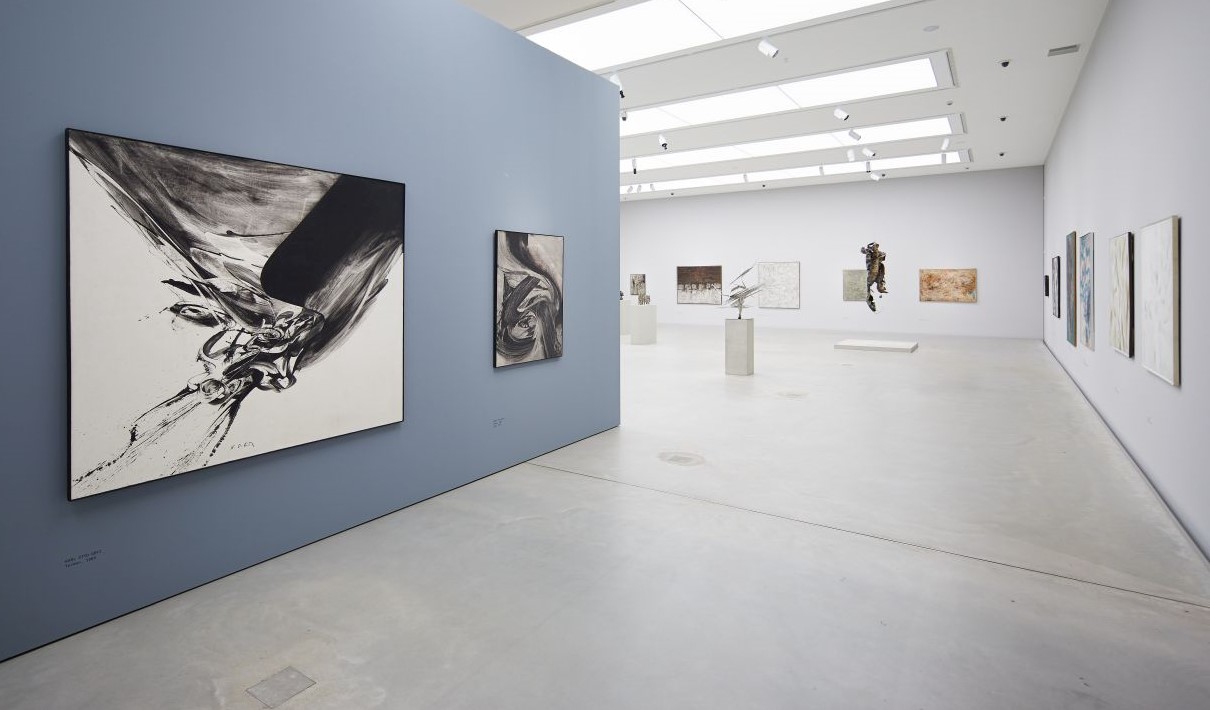
Love, Everyday Life, Acrobats. Graphic around 1900
The special exhibition "Inspiration Matisse" will be supplemented and expanded by original works and prints from the Mannheim collection, most of which were created around 1900: graphics by Henri Matisse, Maurice Denis, Henri de Toulouse-Lautrec, Émile Bernard, Pierre Bonnard, Édouard Vuillard and Georges Rouault (among others).
Jointly the artists look for inspiration and stylistic innovation. In reception, the graphic work of the avant-garde is often overshadowed by contemporary painting. The popular technique of color lithography favors the experimental field for new design principles and color variations. During the prime of the "l'Estampe Originale" prints gained recognition as autonomous works of art. In contrast to paintings, graphic art is affordable and readily available, and they also corresponds to the zeitgeist of spontaneity and a personal handwriting. Graphic galleries soon treat unique works and editions as coveted "art for the initiated".
The artists are simultaneously or deferred members of various groups within the schools of Pont-Aven, Nabis or Fauves. Together they turn away from the immediate visual translation of the Impressionists. The models are Paul Cézanne and the Japanese woodcut.
LOVE
Within the cycle "Amour" (1892-1899), Maurice Denis illustrates his view of a Nabi aesthetic under the leitmotif "Love". The self-chosen name is program, derived from the Hebrew word "Nabiis", "Prophet" or "Enlightened One". Between 1890 and 1900, young artists, musicians, poets and theatre people came together in this group to realize their ideas of a renewal of the visual arts. The subject of the picture should subordinate itself to the surface and color. Under this motto two dancers from Matisse and graphics from Bonnard and Toulouse-Lautrec enrich the exhibition.
EVERYDAY LIFE
Émile Bernard is most likely influenced by Gauguin's idea of a supposedly untouched, authentic life. As a member of the Pont-Aven school, he developed a preference for rural Breton scenes. Seven hand-colored zincographies from the series "Bretonneries" (1889) are displayed. In contrast, Nabis Pierre Bonnard and Édouard Vuillard found their inspiration in Paris. In the tradition of a flaneur, they observe city life: fashionable ladies, dandies, children, turbulent street scenes and ornamental interiors illustrate the vivacious Fin de Siècle metropolis.
ACROBATS
From the turn of the century, the liberation of color was the first priority for the Fauves. The sheets of the series "Cirque de Suares" (1930) by Georges Rouault are close to a Fauvist coloring in which he devotes himself to the mysterious circus atmosphere. As a social fringe group, carnies live against every convention. In the spectacle of the circus ring, social antagonisms are abolished for a moment to give in to the longing of breaking out of everyday life. Rouault is interested in the thoughtful side of acrobats and clowns. He does not depict them during the performance, but rather motionlessly in order to underline the fatality of lifelong entertainment and eternal fun.
Curator: Dr. Thomas Köllhofer
Assistant Curator: Jennifer Meiser

